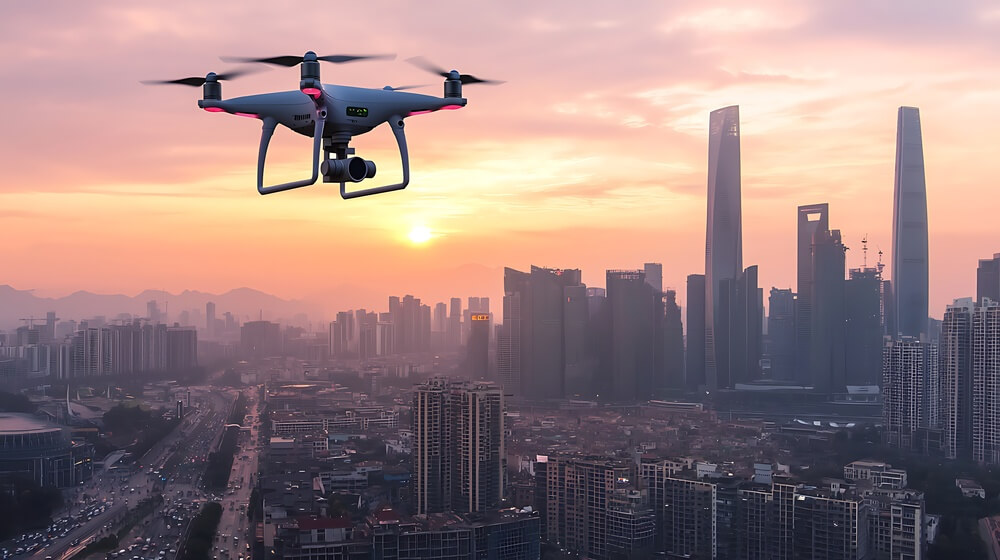Understanding Passive Detection Systems
Passive detection technology does not emit signals but instead analyzes existing electromagnetic emissions like radio waves, light, and infrared. This allows it to track aerial threats stealthily without being detected. It ensures stealth in urban areas by analyzing ambient electromagnetic signals. These systems improve security and public safety while avoiding interference with communications or alerting potential threats.
As urban airspace grows more congested, the demand for reliable monitoring increases, and passive detection technology provides a non-intrusive airspace security solution, guaranteeing continuous surveillance without revealing its presence. It offers a tactical advantage in both civilian and military applications, helping authorities enhance airspace security while maintaining privacy. By using existing electromagnetic signals, it enables quick threat detection and response.
Benefits of Passive Detection in Urban Airspaces
The main advantage of passive detection technology is its undetectability. Unlike active systems that emit signals, it quietly analyzes ambient electromagnetic emissions, securing covert monitoring. This stealthy approach makes it a highly effective airspace security solution, allowing authorities to track and respond to threats discreetly. In both urban and military settings, it helps maintain security without alerting or provoking potential adversaries.
Passive detection technology is an affordable airspace security solution, requiring no extensive infrastructure or signal emissions. It utilizes existing electromagnetic signals for uninterrupted urban integration without interfering with communications. Adaptable to dense areas, it improves threat detection by minimizing false alarms and distinguishing between benign and potential threats. Its scalability makes it ideal for both small urban zones and large metropolitan regions.
Challenges of Implementing Passive Systems
Passive detection systems face challenges due to its complex signal analysis, requiring advanced algorithms and computational power. Integrating it into existing airspace security solutions demands research, development, and technical expertise. Retrofitting older infrastructures can also pose implementation difficulties, requiring careful adaptation for compatibility and effectiveness. Despite these challenges, continued innovation is improving its productivity and ease of deployment.
Deploying passive detection technology in urban areas faces logistical and regulatory challenges. Ensuring full coverage requires strategically placed sensors to monitor complex landscapes. As an airspace security solution, it must balance security with privacy concerns, avoiding potential violations. Gaining public trust demands transparency and accountability in its implementation. Collaborative efforts between policymakers and technology developers can help create regulations that support both security and privacy.
Future Outlook for Passive Detection in Urban Airspace
Advancing technology continues to refine passive detection technology, improving precision and reliability in analyzing electromagnetic signals. Future innovations will strengthen algorithms, reducing false positives and increasing threat detection. As sensor technology evolves, smaller, more integrated systems will seamlessly fit into urban infrastructures, amplifying airspace security solutions without disrupting cityscapes.
Policy developments will shape the future of passive detection technology in airspace security. Governments may adopt favorable regulations that balance security and privacy, encouraging wider implementation. As urban areas expand and drone threats evolve, continued research will be key to enhancing passive detection. Advancing this technology ensures strong, adaptable, and non-intrusive airspace security solutions that protect cities while maintaining public trust.


Recent Comments